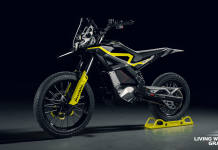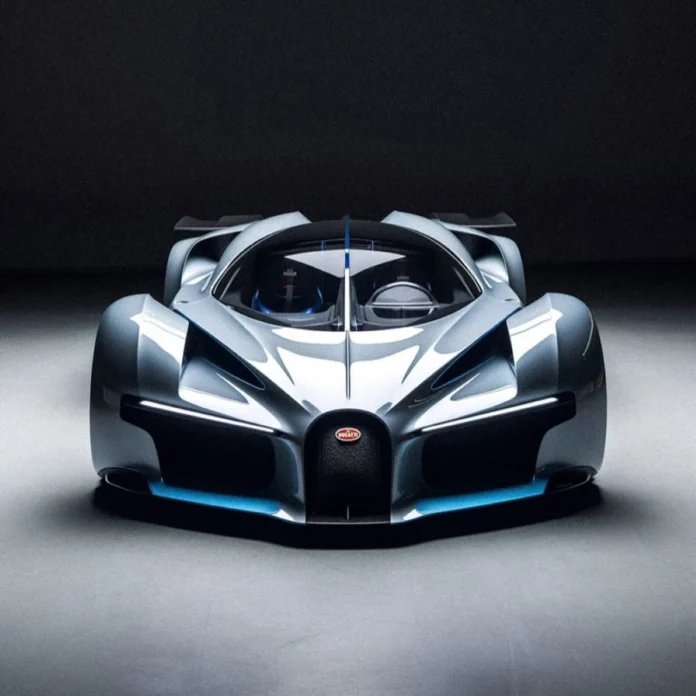Bugatti’s Visual Language
In the rapidly evolving realm of design and technology, artificial intelligence has emerged as a disruptive force, redefining our approach to creation and innovation. Particularly in the automotive sector, the advent of AI tools like Midjourney and advanced Photoshop techniques marks a paradigm shift, propelling us into an era where digital renderings challenge reality. This transformative phase is exemplified in the recent AI-generated explorations of Bugatti’s design aesthetics.
These conceptualizations are not just a testament to technological prowess but also a deep dive into Bugatti’s unique design DNA, underscoring the brand’s iconic legacy while projecting futuristic possibilities. As we embark on this journey of discovery and virtual craftsmanship, we shall unravel the intricacies of Bugatti’s design language and witness how AI impeccably mirrors the brand’s ethos in its creations.



AI
This fascinating exploration into the potential of AI in conceptual automotive design shows just how much the field has evolved. By synthesizing design elements unique to Bugatti, the AI demonstrates an understanding of brand-specific design language, suggesting a future where these tools could significantly impact the conceptual stages of car design. This could extend to other carmakers as well, allowing for an exploration of “what could be” that pushes the boundaries beyond the constraints of traditional design processes.
Car Design
Imagine applying this AI technology to brands known for their distinctive design DNA. For example:
- Tesla: Known for its minimalistic and futuristic approach, AI could experiment with how Tesla might push the envelope in terms of integrating new technology into their design language, or explore paths not taken, such as retro-futuristic aesthetics.
- Lamborghini: With a reputation for aggressive, angular designs and bold choices, AI could take this to new extremes, synthesizing past, present, and potential future design cues into concepts that might be too radical for the current market but fascinating to explore.
- Toyota or Honda: These brands often balance reliability with mass-market aesthetic appeal. AI could explore divergent paths, showing how these manufacturers might branch out into more adventurous design territories, or how they could evolve their styles for new environmental and technological considerations.
- Rolls-Royce or Bentley: Luxury car brands steeped in tradition and known for their meticulous craftsmanship and classic design elements. How might AI interpret the evolution of this legacy in an era of electric vehicles and autonomous driving?
- Porsche: With a well-established and iconic design language, AI’s challenge would be to innovatively evolve this language while respecting the brand’s rich history, perhaps exploring more radical concepts that bridge the gap between tradition and futuristic trends.




Concept Car
The key in these explorations is not just creating ‘believable’ concepts but using AI to delve into the unexplored spaces of each brand’s design language. It’s about potential futures, using AI to explore radical design propositions, environmental adaptations, or technological advancements.
Moreover, these AI tools could also assist brands in market research, testing how audiences might react to potential new design directions or features before any physical concept creation, saving resources and time.
Conclusion
The next step for AI in this arena is not merely about creating stunning visuals but about diving deep into the design ethos of each brand, the practical and aesthetic evolution of automotive design, and the emotive connection between car and driver, reflecting the societal changes and technological advancements of our times.
The AI-generated interpretations of Bugatti’s design philosophy herald a new frontier in automotive conceptualization, one where technology and artistry converge to fashion the unimaginable. These digital masterpieces, while rooted in Bugatti’s historical design tenets, present a vision of the future that is boundless and brimming with potential.
Furthermore, the experiment’s success paves the way for other automotive giants to embrace AI’s creative liberties, inviting us to envision a world where AI does not replace human creativity but rather enhances and expands the horizons of what designers can conceive. As we stand on the precipice of this new era, one thing becomes abundantly clear: the collaborative synergy between artificial intelligence and human ingenuity will drive the future of automotive design, crafting a tapestry of technological advancement that pays homage to iconic pasts while boldly striding into uncharted future territories.




































